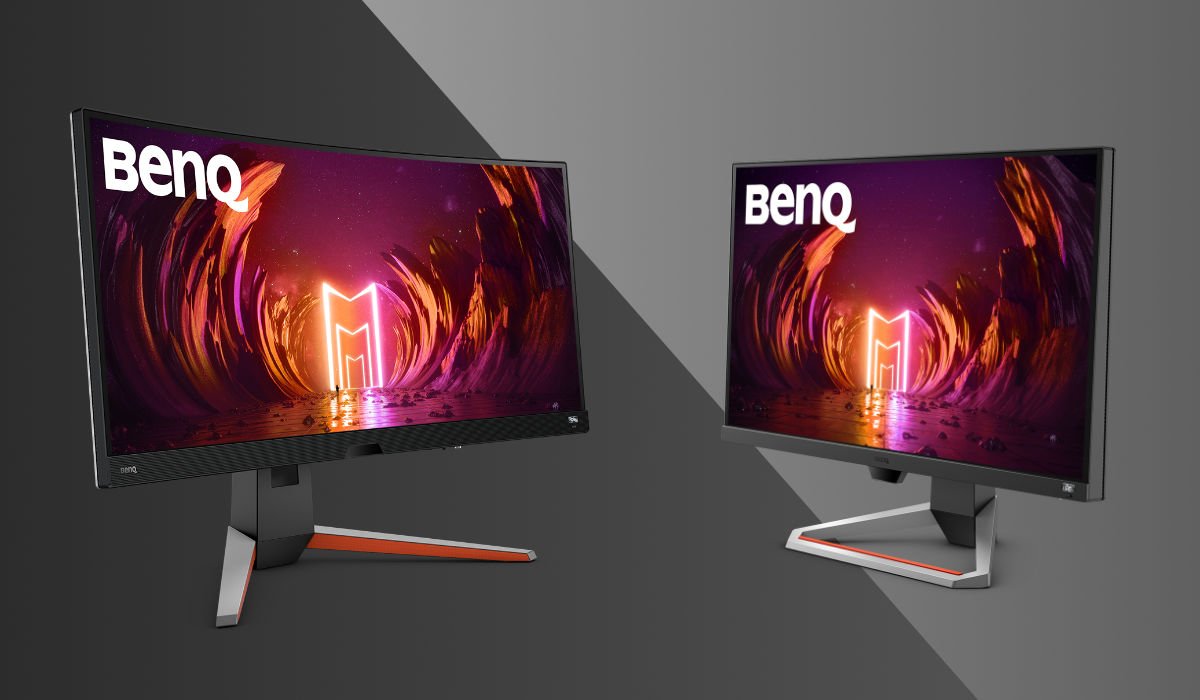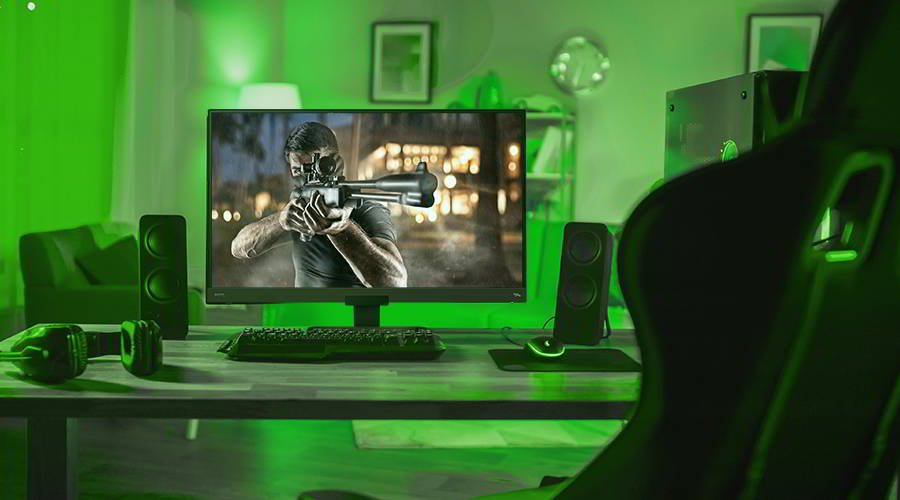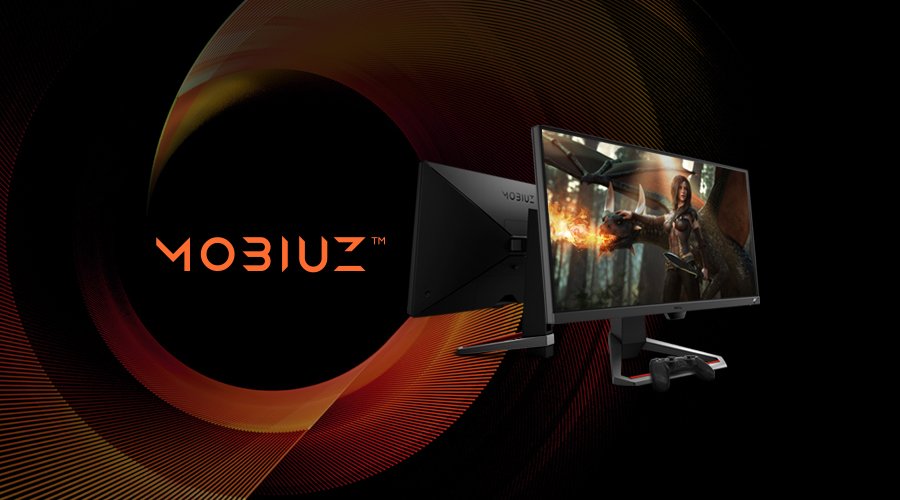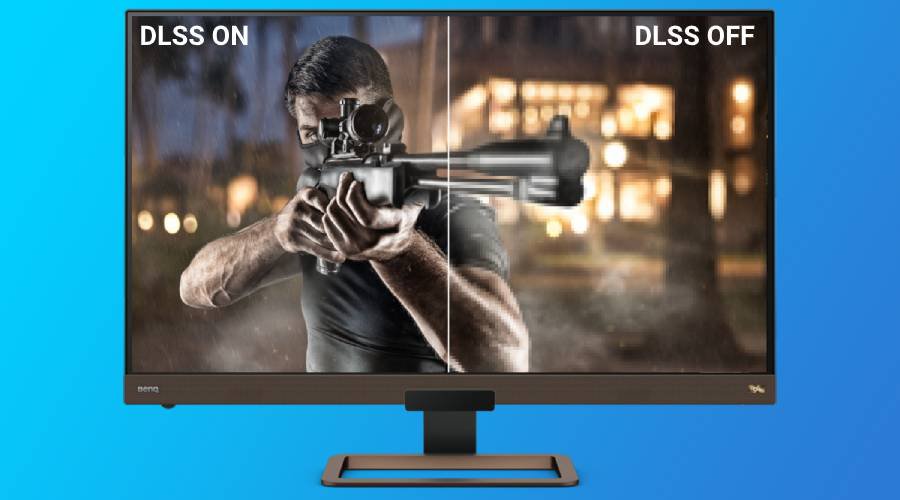If you’re a big multitasker deciding between curved and flat monitors, the good news is curved displays work in your favor. That’s why they’re very popular among programmers and coders, stock market pros, and content creators. Check with most full time YouTubers and you’ll see they overwhelmingly prefer curved displays. Even better, most set up a two or three monitor array to truly surround themselves with display real estate.
Since curved monitors usually have ultrawide screen ratios, they offer lots of width and thus can accommodate many open apps/windows at the same time. If that’s a priority for you and you want to boost your productivity when working on your PC, then you should consider a curved display.
If you’re a photographer or designer, then you can make your own mind whether a curved display will help you out. Sure, the curve may cause apparent distortions, so perhaps a flat ultrawide might be better for you. But the more accurate viewing distance may compensate for that.






